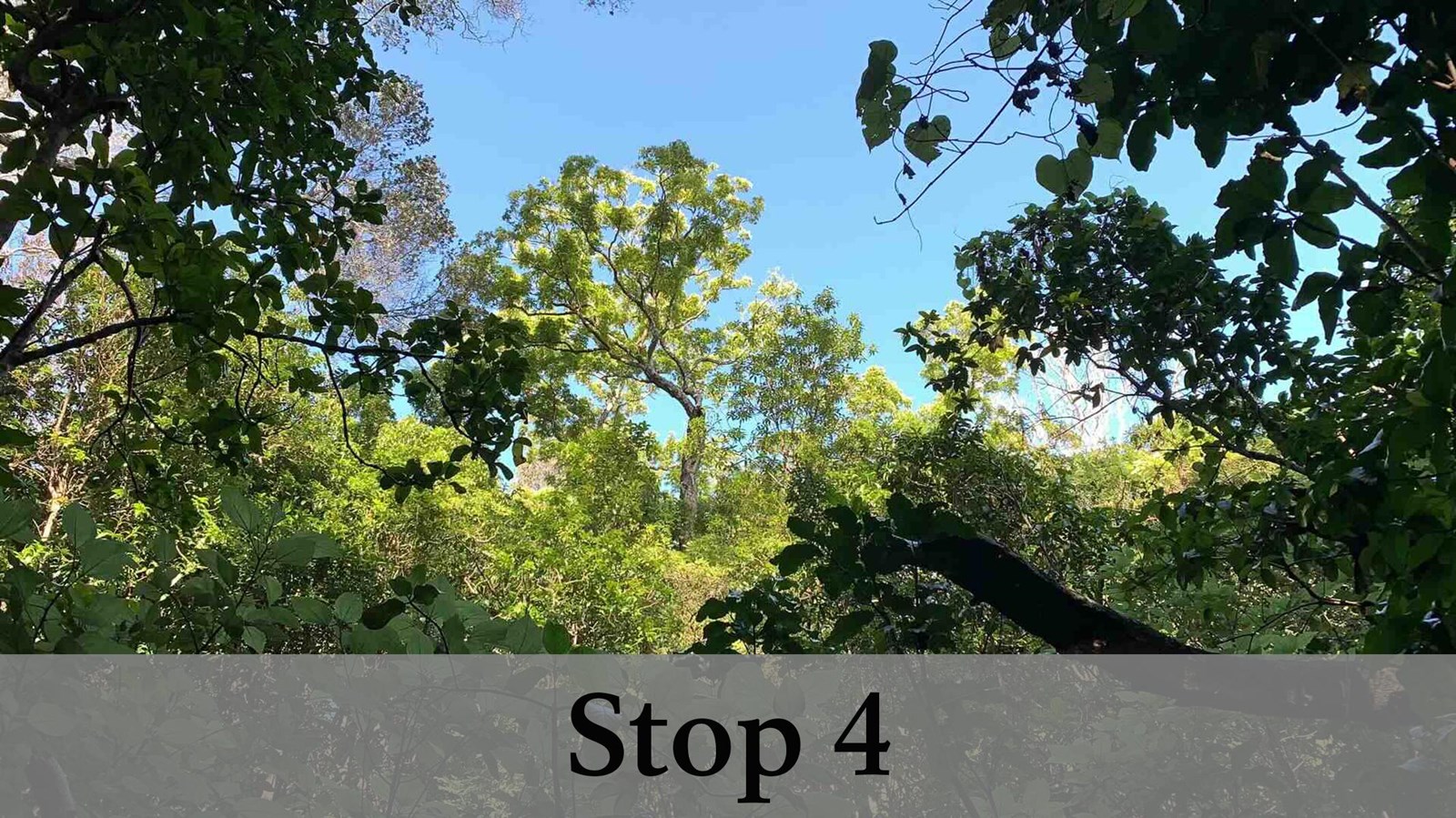Last updated: December 27, 2021
Place
Stop 4- Kīpukapuaulu

NPS Photo/M.Newman
Quick Facts
Amenities
1 listed
Information
Unlike the now-thriving koa, the ʻōhiʻa lehua trees are dying of natural causes.
Visitors to Kīpukapuaulu often notice, with great concern, the many large, dying endemic ʻōhiʻa lehua trees (Metrosideros polymorpha). They ask whether their demise is due to a disease or insect that may be spreading throughout the islands. The good news is that the dieback of ʻōhiʻa lehua trees in Hawaiʻi is a natural phenomenon. But what, then, are killing these trees in Kīpukapuaulu? The most likely culprits are simply old age and drought. ʻŌhiʻa lehua trees colonize new lava flows and ash deposits. As a new generation, they grow up together, mature together, and die together. As these trees age, they lose their ability to handle environmental and biological stresses, such as drought, insects, and disease. The most likely stress affecting Kīpukapuaulu is the high frequency of El Niño droughts that Hawaiʻi has been experiencing since the late 1990s. The dieback you see here, and through out the rest of Kīpukapuaulu, is just part of a widespread dieback occurring on the lower slopes of Mauna Loa.
